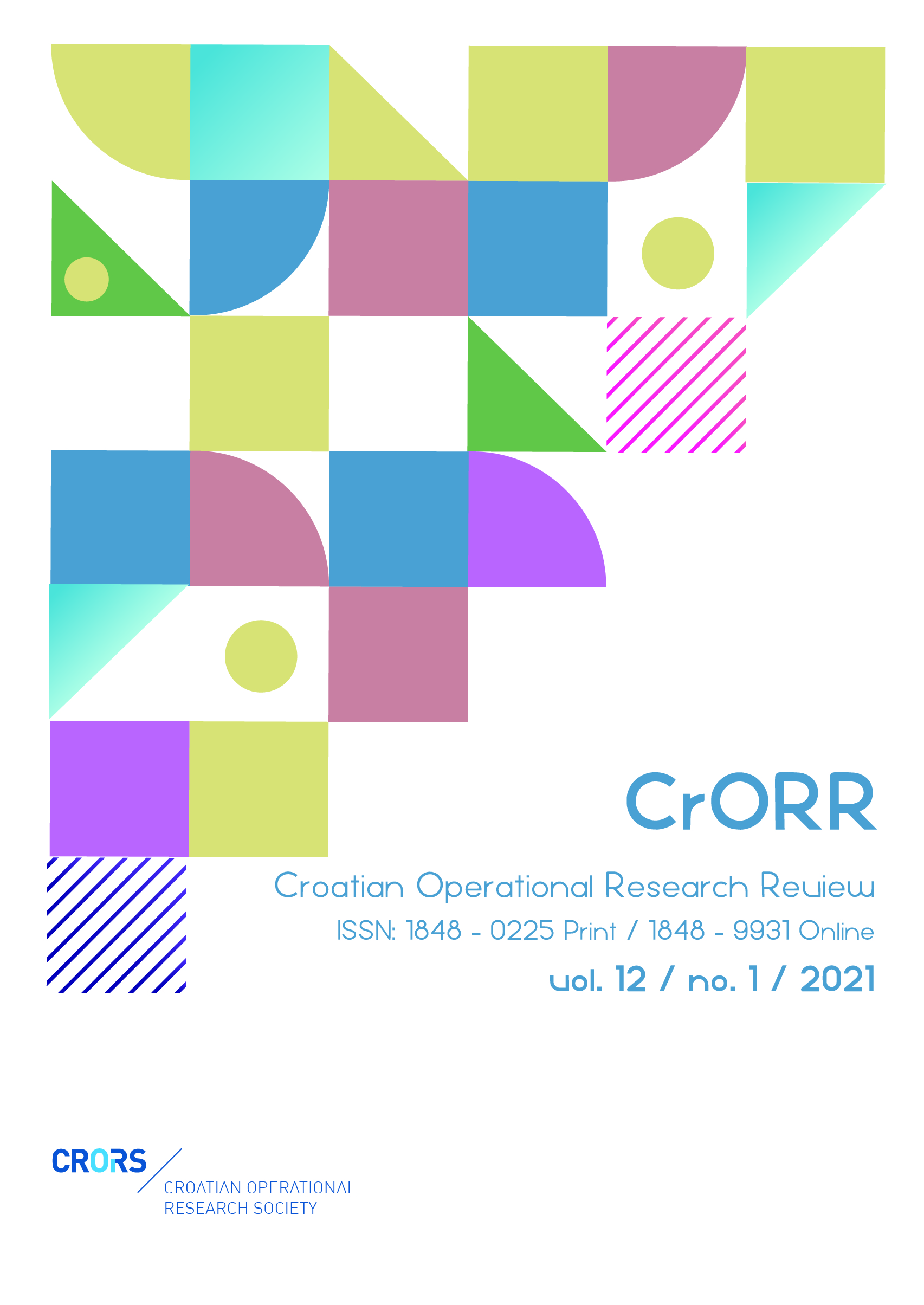Multiple STL decomposition in discovering a multi-seasonality of intraday trading volume
Abstract
The seasonal and trend decomposition of a univariate time-series based on Loess (STL) has several advantages over traditional methods. It deals with any periodicity length, enables seasonality change over time, allows missing values, and is robust to outliers. However, it does not handle trading day variation by default. This study offers how to deal with this drawback. By applying multiple STL decompositions of 15-minute trading volume observations, three seasonal patterns were discovered: hourly, daily, and monthly. The research objective was not only to discover if multi-seasonality exists
in trading volume by employing high-frequency data but also to determine which seasonal component is most time-varying, and which seasonal components are the strongest or weakest when comparing the variation in the magnitude between them. The results indicate that hourly seasonality is the strongest, while daily seasonality changes the most. A better understanding of trading volume multiple patterns can be very helpful in improving the performance of trading algorithms.
Downloads
Published
Issue
Section
License
- Authors retain copyright and grant the journal right of first publication with the work simultaneously licensed under a Creative Commons Attribution License that allows others to share the work with an acknowledgement of the work's authorship and initial publication in this journal
- Authors are able to enter into separate, additional contractual arrangements for the non-exclusive distribution of the journal's published version of the work (e.g., post it to an institutional repository or publish it in a book), with an acknowledgement of its initial publication in this journal.
- Authors are permitted and encouraged to post their work online (e.g., in institutional repositories or on their website) prior to and during the submission process, as it can lead to productive exchanges, as well as earlier and greater citation of published work (See The Effect of Open Access).


